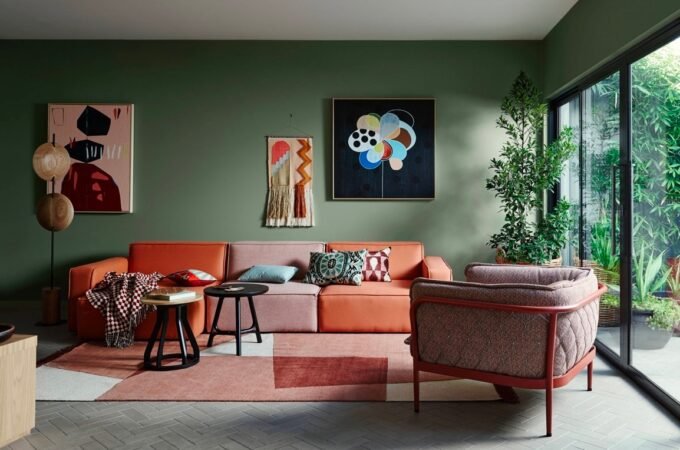
Matching a Door Sign Style with the Interior Design
When it comes to interior design, every detail counts, including the door signs. These small elements play a significant role in creating a cohesive and visually appealing space. By matching the door sign style with the overall interior design, you can elevate the aesthetics and enhance the overall experience within the environment. Here are some key considerations to keep in mind:
Table of Contents
ToggleOverview of Different Interior Design Styles
To effectively match different door signs — Bsign specialists suggest that it is crucial to understand the different design styles available. Each style has its own unique characteristics and visual elements that set it apart. Some popular interior design styles include:
- Modern: Emphasizes sleek lines, minimalism, and a clean aesthetic.
- Traditional: Reflects classic and timeless elements, often featuring ornate details and rich colors.
- Industrial: Showcases raw materials, exposed brick, and a utilitarian feel.
- Scandinavian: Focuses on simplicity, light colors, and natural materials.
- Bohemian: Celebrates an eclectic mix of patterns, textures, and vibrant colors.
Selection of Materials that Complement the Interior Design Style
The materials used for door signs should align with the chosen interior design style. For example:
- Modern design may call for door signs made of sleek metal, such as stainless steel, or acrylic glass.
- The traditional design may benefit from wooden door signs with intricate carvings.
- The industrial design could be enhanced with door signs made of raw or distressed materials like steel.
Exploring Various Shapes and Sizes that Align with the Interior Design Style
When choosing door signs that match the interior design style, consider the shape of the signs. The shape of the door signs can contribute to the overall aesthetic and feel of the space. Rectangular door signs can create a clean and structured look, while circular door signs can add a softer and more organic touch. For a unique and personalized touch, consider custom-shaped door signs that reflect specific design elements within the room. By selecting door signs with shapes that align with the overall design theme, you can enhance the visual appeal and create a cohesive environment.
Choosing Colors that Harmonize with the Color Palette of the Interior
Color coordination is crucial when selecting door sign styles. By choosing colors that harmonize with the interior color palette, you can achieve a cohesive and visually pleasing result. To achieve the desired results, you need to make sure that the door sign colors match the dominant colors in the space. This will help to ensure a more smooth visual transition between different decorative elements. Nevertheless, this doesn’t mean that you should avoid contrastive colors. Except for visual interest, it’s a necessary functional feature that ensures the sign is visible to the visitors.
Customizing Door Signs for Personalization
Personalizing door signs can add a touch of uniqueness and reflect the character of the space. Customization options include:
- Adding room names or numbers to the door signs.
- Incorporating logos or symbols that represent the purpose of the room.
- Choosing typography styles that align with the overall design theme.
By considering these factors and carefully selecting door signs that match the interior design style, you can create a cohesive and visually appealing environment. Each element, no matter how small, contributes to the overall aesthetics and enhances the overall experience within the space. So, next time you’re choosing door signs for your interior design project, take the time to ensure they align with the style and vision you’ve established.
Tina Peters is a home deco enthusiasts, world traveler and a blogger that loves exploring new things, styles and cheap home remodeling ideas. Her main focus is helping people all around the world when it comes to home renovations, remodeling and improvements.





